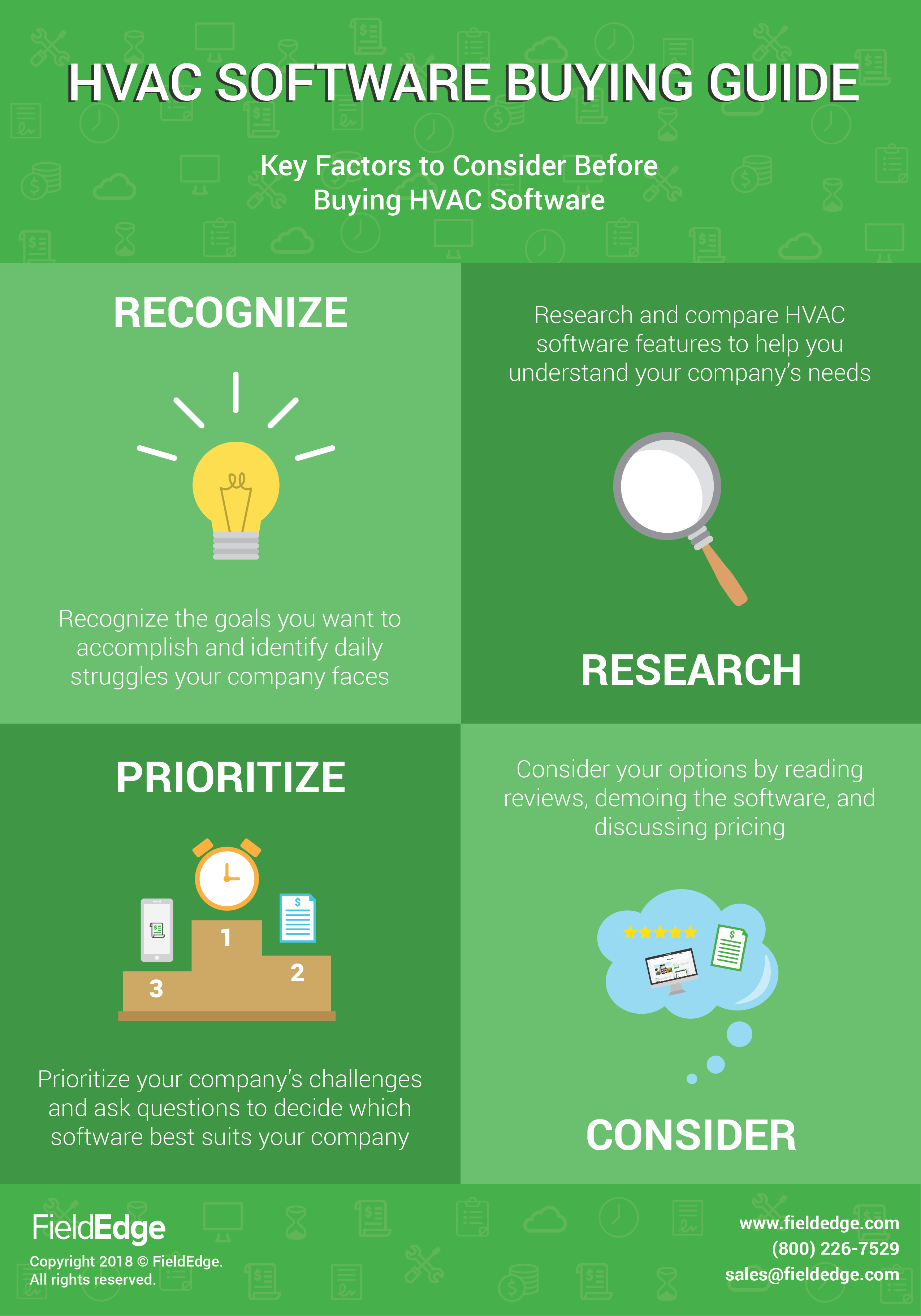Discover The Essential Approaches To Improve The Performance And Lifespan Of Your Heat Pump System By Staying Clear Of Common Installment Mistakes
Discover The Essential Approaches To Improve The Performance And Lifespan Of Your Heat Pump System By Staying Clear Of Common Installment Mistakes
Blog Article
Web Content Writer-Saunders Crosby
When mounting a heat pump, you should avoid typical errors that could endanger its performance. Ignoring proper sizing may result in inadequacies and higher utility expenses. Overlooking insulation and sealing might result in power waste and pressure on the device. Furthermore, placing the exterior system incorrectly might influence its performance. By avoiding these errors, you can make certain ideal operating and sturdiness of your heatpump system.
Improper Sizing of Heatpump
When it involves the installation of heat pumps, one of one of the most typical mistakes is poorly sizing the device for your room. Ensuring the ideal dimension is important for optimum performance. If how to clean heat pump is also tiny, it will have a hard time to warm or cool your room successfully, leading to boosted energy expenses and potential damage on the device.
On the other hand, if the heat pump is also huge, it will certainly cycle on and off frequently, triggering temperature fluctuations and lowering its life expectancy.
To avoid this blunder, it's necessary to have an expert examine your space and suggest the suitable dimension of the heatpump based upon elements like square footage, insulation, ceiling height, and regional climate. By spending the moment and effort to make sure the correct sizing, you can take pleasure in a comfy environment while maximizing energy effectiveness and prolonging the lifespan of your heatpump.
Inadequate Insulation and Sealing
To guarantee the reliable procedure of your heat pump, it's vital to attend to insufficient insulation and securing in your area. Proper insulation assists preserve a constant temperature level inside your home, minimizing the work on your heat pump. Insufficient insulation can result in energy loss, making your heat pump work harder and much less effectively.
Securing any gaps or leakages in your space is equally essential. These voids enable conditioned air to run away and outside air to seep in, requiring your heatpump to make up for the temperature level changes.
Incorrect Placement of Outdoor Unit
Addressing the placement of your heat pump's outdoor system is essential to optimizing its performance. Installing https://kmph.com/news/local/local-hvac-repair-company-training-their-future-employees in an inaccurate location can cause efficiency concerns and prospective damage to the unit.
One usual error to stay clear of is placing the outdoor device also close to a wall or various other structures. This can restrict airflow, triggering the system to function harder to heat or cool your room, eventually decreasing its efficiency and life-span.
One more error to avoid is placing the outdoor device in direct sunshine. While some sunlight is unavoidable, too much direct exposure can result in overheating, particularly throughout hot summertime days. It's best to position the outdoor unit in a shaded location to help maintain its optimal operating temperature level.
Furthermore, see to it that the outside device is put on a steady and level surface. Irregular ground can create resonances and unnecessary strain on the unit, impacting its performance in time.
Verdict
To conclude, preventing usual mistakes during heat pump setup is essential for maximizing effectiveness and longevity of your system. By ensuring https://costofreplacinghomeaircon69909.bloggerchest.com/31088511/obtain-your-home-prepared-for-heat-pump-setup-by-taking-necessary-steps-to-make-best-use-of-efficiency-and-performance sizing, ample insulation, sealing, and appropriate positioning of the exterior device, you can prevent problems such as ineffectiveness, boosted energy costs, and strain on the unit. Putting in the time to deal with these vital aspects will ultimately conserve you money and time in the future.
